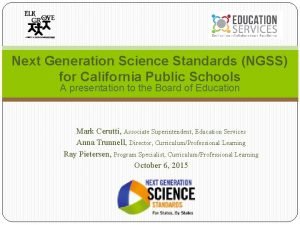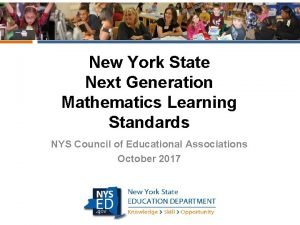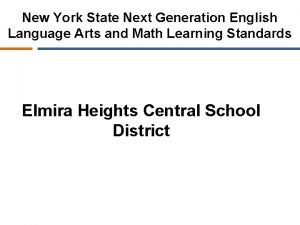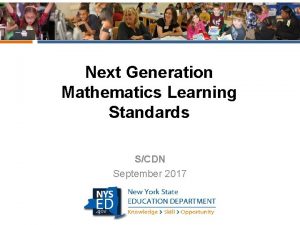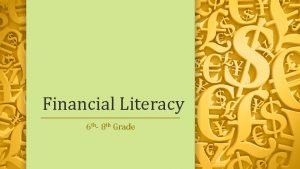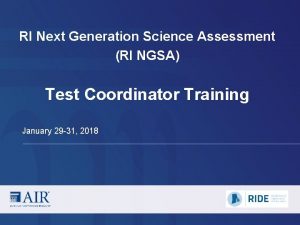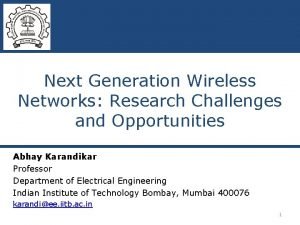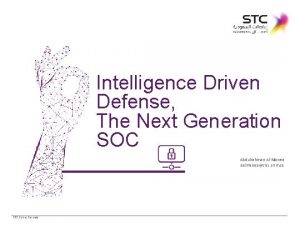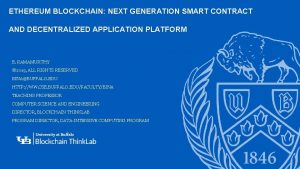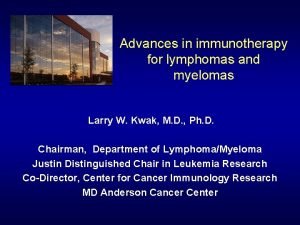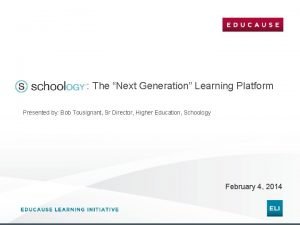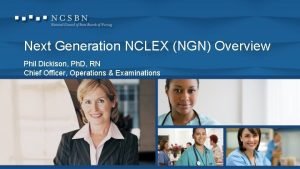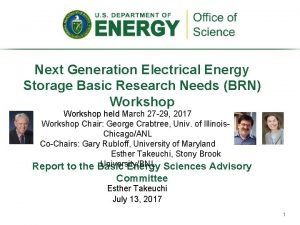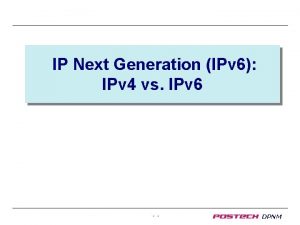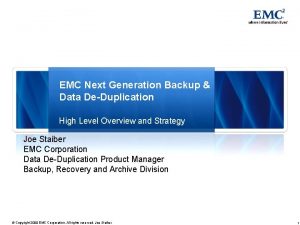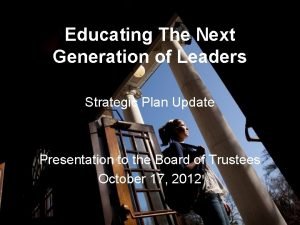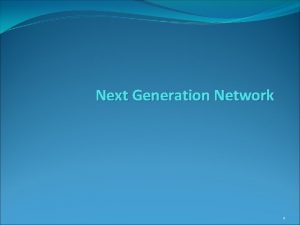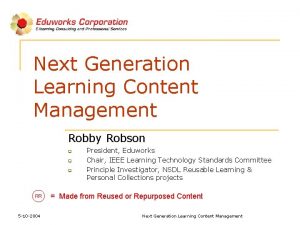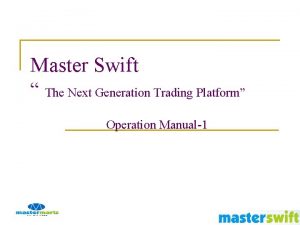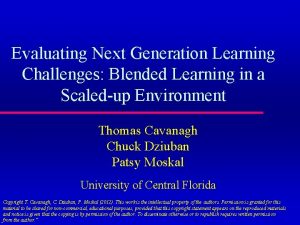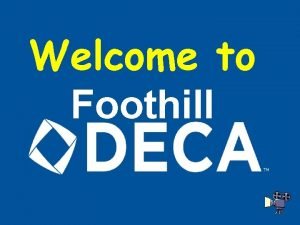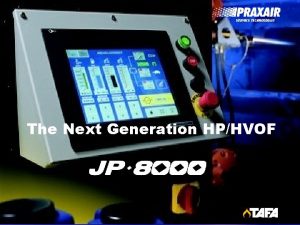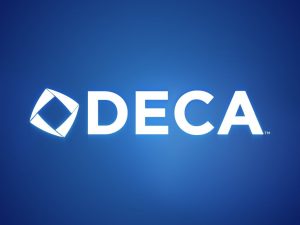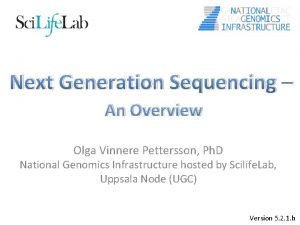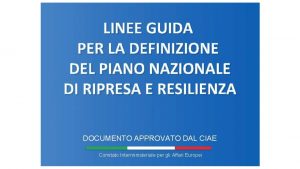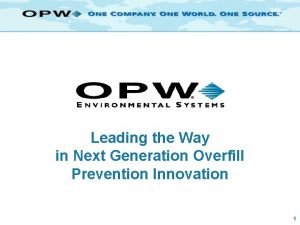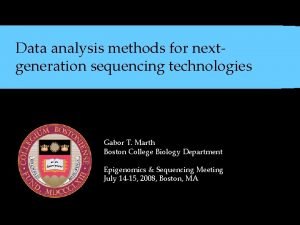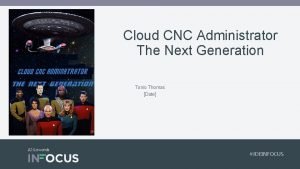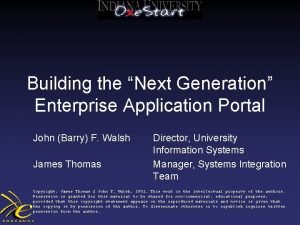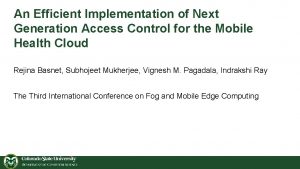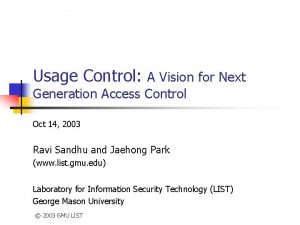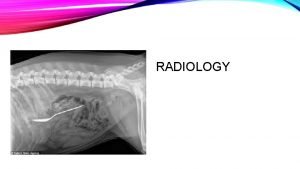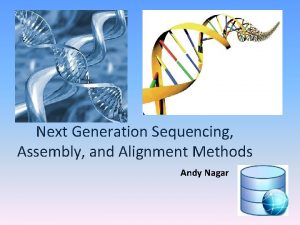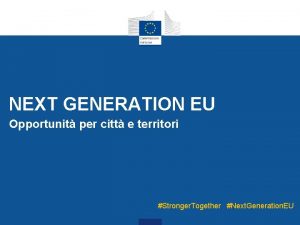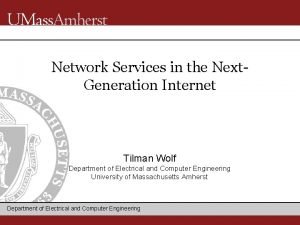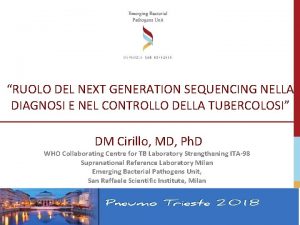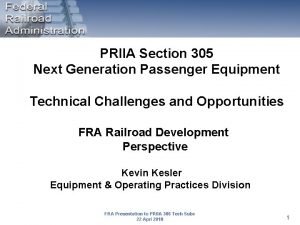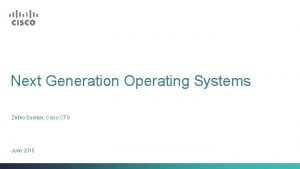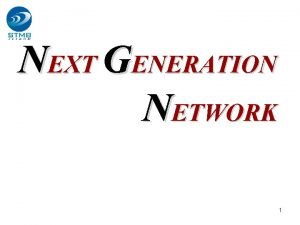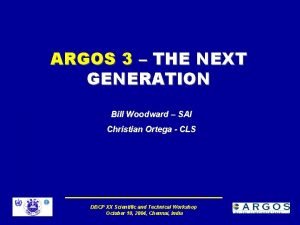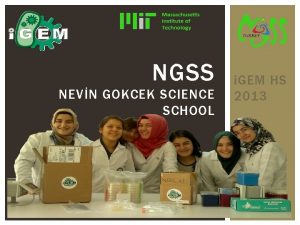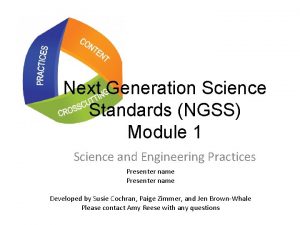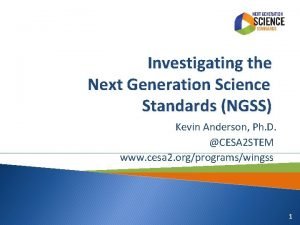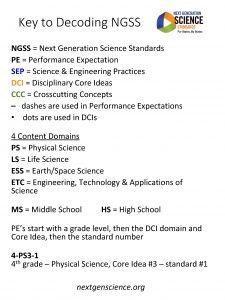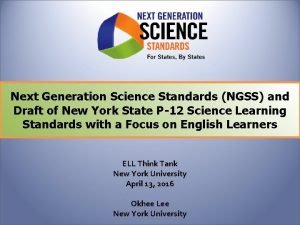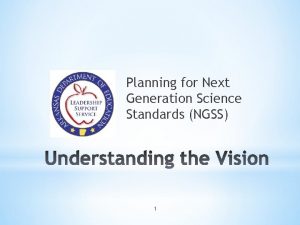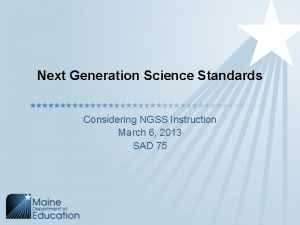Introduction to the Next Generation Science Standards NGSS
























































- Slides: 56

Introduction to the Next Generation Science Standards NGSS and Three-Dimensional Science Learning

Who’s in the room? James Cantonwine: Evergreen K-12 Science Specialist Facilitator: Kimberley Astle: � Washington State Science Fellow �ESD 112 Science Trainer � 5 th Grade Teacher-Fisher’s Landing Elementary Teachers: � K-2 � 3 -5 � Middle and High School � Administrator, Coach, Other

Agenda �Overview of NGSS �The Science and Engineering Practices �Three-Dimensional Investigation of Phenomena �The Crosscutting Concepts �Read and Interpret NGSS �The Disciplinary Core Ideas �Closing �Please take breaks as you need them-no scheduled breaks.

Learning Objectives: In Today’s Workshop: �Understand how NGSS is designed as threedimensional learning. �Explore and understand the role of each dimension. �Experience three-dimensional science as a learner. �Know how to read and interpret an NGSS standard. �Know where to find NGSS standards and resources.

Norms To maximize your own learning and the learning of others: A Ask questions E Engage yourself in the learning experiences I Share your Ideas and thinking O Open your mind to new things – foster a growth mindset U Use time to learn Y Your device: Please resist using technology to answer questions. Think, reason, experiment, and talk to others instead.

What is NGSS? �NGSS = The Next Generation Science Standards �NGSS is NOT just a shift in grade content. �NGSS is a “three-dimensional” approach to science which links: �the scientific core ideas (content) students learn about �the scientific behaviors students engage in �the big ideas that connect to and apply across different disciplines and content areas

NGSS FYIs �The rigorous content and application in NGSS reflects how science and engineering is actually practiced in the real world by scientists and engineers. �NGSS completely encompasses STEM and includes a strong focus on engineering including engineering standards. �The new state NGSS science test (beginning in 201718) will assess students three-dimensionally, not just on science content. It covers all content, concepts, and practices described in the standards for grades 35.

What are three dimensions of NGSS? (color coded) �Disciplinary Core Ideas (DCIs)- the scientific content that students need to KNOW. �Science and Engineering Practices (SEPs)- the scientific behaviors that students DO. �Crosscutting Concepts (CCCs)- the big concepts that apply to and connect between the four science domains, and across content areas. These are ideas students use to MAKE SENSE OF the science content.

*Three Dimensions of NGSS Handout 8 Science and Engineering Practices (SEPs) • Asking Questions (science)and Defining Problems (engineering) • Developing and Using Models • Planning and Carrying Out Investigations • Analyzing and Interpreting Data • Using Mathematics and Computational Thinking • Constructing Explanations (science) and Designing Solutions (engineering) • Engaging in Argument from Evidence • Obtaining, Evaluating and Communicating Information. 4 Disciplinary Core Ideas –Domains (DCIs) • Physical Sciences • Life Sciences • Earth and Space Sciences • Engineering, Technology & Applications of Science 7 Crosscutting Concepts (CCCs) • Patterns, Similarity, and Diversity • Cause and Effect • Scale, Proportion, and Quantity • Systems and Models • Energy and Matter • Structure and Function • Stability and Change

What is “three-dimensional learning”? Three-dimensional learning happens when the three dimensions — practices, core ideas, �Disciplinary Core and crosscutting Ideas (DCIs) concepts, occur �Science and together in a learning Engineering experience. Practices (SEPs) �Crosscutting Concepts (CCCs)

How is three-dimensional learning different? �Three-dimensional learning shifts the focus of the science classroom to creating learning environments where students: � Use practices, disciplinary core ideas, and crosscutting concepts together 1. To make sense of phenomena and/or 2. To design solutions to problems. �The focus now includes the HOW and WHY of science, not just the WHAT.

Science Seeks to Understand a Phenomenon Rich science learning experiences should begin with, or build around a phenomenon. A phenomenon is an observable fact or event of scientific interest. A phenomenon is subject to scientific description and explanation. FYI-The plural of phenomenon is phenomena.

How is NGSS Different? �The imbedded video played at the training is removed, as it made the PPT too large to upload correctly to the Weebly website. �If you specifically want the video, contact Kimberley. astle@evergreenps. org.

The SEPs- Science and Engineering Practices - What does doing science look like? 1. Asking questions (science) and defining problems (engineering) 2. Developing and using models 3. Planning and carrying out investigations 4. Analyzing and interpreting data 5. Using mathematical and computational thinking 6. Constructing explanations (science) and designing solutions (engineering) 7. Engaging in argument from evidence 8. Obtaining, evaluating, and communicating information

SEP Scan • Make a T-chart to record your ideas SEPs Already in Place SEPs to Focus On • Go to introtongss. weebly. com http: //introtongss. weebly. com/ • Click on The Science and Engineering Practices • Scroll down to the condensed matrix section �Scan the SEPs matrix with a neighbor. �In your T-chart, list the SEPs you already use routinely in your classroom and feel very comfortable with. �List the SEPs you want to focus on using more in your classroom, or developing a comfort level with.

Getting Ready: Rich Science Learning Requires a Safe Classroom Culture �Most people come to science thinking with many questions, half-understandings, and misconceptions. �It feels risky to share and engage when you feel unsure. �It is critical to create a classroom culture where everyone feels safe: �to put ideas out for partner/group consideration �to share thinking as ideas may still be forming or unclear �to question the thinking and assumptions of self and others �to try out ideas and strategies that may or may not work �to predict or state something, and have that prediction or statement be disproven (there is no “wrong” in science) �We agree that these norms are in place today.

Engage in Three-Dimensional Science to Explore a Phenomenon: �If you had a chance to read the article at your seat, you know that M&Ms have officially been around since 1941. They were designed and marketed to the government for inclusion in pre-packaged soldier rations. �If you were engineering a candy for soldier rations in warm climates, what would be your criteria (requirements for success)? �You have probably heard the marketing claim that M&Ms will melt in your mouth, but not in your hand. �Today, we’re taking M&Ms to Science Court. Our goal-to determine if their phenomenon-based claim is scientifically accurate, and can be supported by evidence.

C-E-R-W Claim-Evidence-Reasoning-Wonderings Science claim: “M&Ms melt in your mouth and not in your hand”. �Which person’s opinion about this claim do you most agree with and why? �Max- I completely agree with the claim and feel very sure about it. �Jon- I think I agree, but I’m not that sure. �Sara- I think I disagree, but I’m not that sure. �Amy- I completely disagree, and feel very sure. �In your notebook write down your claim, any evidence you have and explain your reasoning. Record your wonderings as well. Be prepared to share thinking and questions, and defend your ideas using reasoning.

Four Corners Discussion Protocol �Corner 1 - Max: I completely agree, and I feel very sure. �Corner 2 - Jon: I think I agree, but I am not that sure. �Corner 3 - Sara: I think disagree, but I am not that sure. �Corner 4 - Amy: I completely disagree, and I feel very sure. �Move to the corner you most agree with, and discuss your claim, evidence, and reasoning with at least one person who agrees with you. �Move to an opposing corner, and discuss your claim, evidence, and reasoning with at least one person who thinks differently. Then return to your seat. �Group Discourse: Does anyone want to change corners based on the discussions they just had? What’s your reasoning? �What wonderings do you have at this point?

Explore the M&M as a System �How can identifying the subsystems (parts) of the M&M system help us think about our main question? �How many subsystems does an M&M have? (predict) �What is the function of each subsystem? �How is this system engineered to function? �Does an M&M melt in your mouth and not in your hands? �Please head your science notebook page, “The M&M as a System”. You will use this page to collect observed data. �As you collect observational data, you will draw labeled models, including cutaway diagrams, to show all the subsystems you identify.

System Observation Guidelines �Each table has an investigation tray that includes M&Ms, bisected M&Ms, and jeweler’s loupes. (directions) �Each person will create 2 realistic visual models in your science notebook page: 1. Observe , draw, and label an intact M&M system unit. You are recording the external subsystems. What will you call each subsystem(part) and why? 2. Observe, draw, and label a bisected (cut in half) M&M unit using a cutaway diagram. You can now observe the internal subsystems. How many layers are there? What will you call each subsystem(part) and why?

Debrief System Models �Share models and thinking. �What did you discover? �How many subsystems are there in an M&M system? �What function might each subsystem serve in the engineering design of an M&M? �Why do you think an M&M is shaped the way it is? �What would you call that shape? �An ellipsoid or an oblate spheroid. Why are they that

Extend System Understanding Through Informational Text: “How M&M Candies Are Made” �Each teacher will read one section of the informational text passage, “How M&M Candies Are Made”. �When all readers in a group are ready, each person will summarize his/her information for the group. �Compare the text information with your visual models. Do you now have all the subsystems of an M&M system? �Add subsystems and/or labels to your models if needed.

The CCCs- Crosscutting Concepts - How can we think about and make sense of science by processing it through the lens of: 1. Patterns 2. 3. 4. 5. 6. 7. Cause and effect Scale, proportion, and quantity Systems and system models Energy and matter Structure and function Stability and change

CCC Scan �Go to introtongss. weebly. com/http: //introtongss. weebly. com/ �Click on “The Crosscutting Concepts” �Scan the CCC descriptors for your grade level in the condensed matrix (scroll down in the document). �Which CCCs have we used so far in making sense of today’s investigative question? � � � � Patterns Cause and effect Scale, proportion, and quantity Systems and system models Energy and matter Structure and function Stability and change � As we keep investigating, note the CCCs you employ to make sense of your observations and data.

Investigate to Explore Melting vs. Dissolving • • • How does melting and dissolving relate to our question? What is the effect of water on subsystems? Each table group will introduce room temperature water to observe the effect on the M&M system and subsystems. Head your notebooks: The Effect of Room Temperature Water on an M&M’s Subsystems �Printed m: �Dye: �Candy Coating: �Chocolate Center:

Observe/Record Phenomena 1. Place at least 5 different colored M&Ms on one foam plate, be sure to place them “m” side up so you can observe the effect of water on this subsystem. 2. Submerge the M&Ms in room-temperature water. 3. Observe closely for 4 minutes and record the effect of the water on each of the subsystems in your science notebook. 4. If time allows, also record the results with a visual model (colored sketch). 5. How did each subsystem react to water? Did each part melt, dissolve, or do neither? Any other phenomena? �Printed m: �Dye: �Candy Coating: �Chocolate Center:

Design and Conduct an Investigation: Do M&Ms Melt in Your Mouth and Not in Your Hand? �Now that we understand the M&M better as a system, groups of 3 -4 will work together to create an investigation to explore how melting is applicable to each subsystem. �Your investigation will explore the effect of temperature(heat) on each subsystem. �How can you set up a simulation to explore the effects heat on the parts of an M&M? What’s your setup? How will you control variables to make this a fair scientific test? �Questions to consider throughout the process: �What is the temperature of the hand mouth for most people? �How will you achieve the correct temperatures in your setup? �What is needed for melting to occur? �What is needed for dissolving to occur? �What is the melting point of the different candy elements?

Design Materials Available: �M&Ms �Hot water (about 190 degrees) �Thermometers �Plastic cups �Foam cups �Scissors �Tape �Aluminum foil �Ziploc �You will need a timer to control for time (cell phone)

Be Sure to Consider Variables for a Fair Scientific Test CONTROLLED Variables (everything that must be kept the same) MANIPULATED or INDEPENDENT Variable (what is changed to test the question) • Same color of M&Ms • Same temperature for both room temperature situations. • Same amount of time • Same method of testing (setup) • Same placement of M&Ms 1. Amount of Heat How does the mouth temperature compare to the hand temperature? RESPONDING or DEPENDENT Variable (what you measure to answer your question) This investigation will acquire qualitative, or descriptive, data describing whether the M&M melted or did not melt. Be sure to decide how you will test the chocolate for internal melting? This is not observable externally.

Data Table �In your notebooks, design a way to collect your data in an organized manner. �Remember to collect data on all subsystems with regard to melting. �Printed m: �Dye: �Candy Coating: �Chocolate Center � You will have 20 minutes for this investigation.

Claims – Evidence – Reasoning – Rebuttal (CERR) �CLAIM – A statement/conclusion that responds to the question under investigation �EVIDENCE – Scientific or text data that is appropriate and sufficient to support the claim �REASONING – Justification that shows why the data count as evidence to support the claim AND includes appropriate science ideas �REBUTTAL – Alternative claims and/or counter evidence and reasoning for why an explanation is not appropriate � Mc. Neill & Krajcik, 2012; Mc. Neill et al. , 2006

Final Claims-Evidence-Reasoning. Rebuttal (C-E-R-R) �Consider your investigation data: At this point, what do you think about the phenomenon claim, “M&Ms melt in your mouth, but not in your hand”? �Which subsystems actually melted and where did this occur? Which subsystems actually dissolved and where? �Please share your thinking, evidence, and reasoning. �Respectfully engage in rebuttal if you perceive some evidence that might seem to disprove a claim, evidence, or reasoning. �Some sentence starters: �I have a different idea…, I think it might be different from…because_____. �I have some evidence that might disprove ______ �I can add to _____, I have further supporting evidence… �I’m wondering if… Can you explain… �I’m not sure because… I now think that_______

Written Post-Investigation C-E-R �Consider your investigative data, models, discussions, and shared reasoning and use them to draw a conclusion. �Write a new Claim-Evidence-Reasoning statement(C-E-R). �If your claim is the same, with new supporting data, you might use the following: �I claim that____________. I think this because_________. Since_______, this shows that ____________. �If your claim has changed, you might use the following: �I used to think___________, but now I think________________ because_____________. Since_______, this shows that ____________. �Record any current questions or wonderings.

How Was Today’s Experience Three-Dimensional? �If a learning experience meaningfully includes at least one Disciplinary Core Idea (DCI), one Science and Engineering Practice (SEP), and one Crosscutting Concept (CCC), then it is threedimensional. �Most rich science learning experiences will naturally utilize multiple SEPs and CCCs. Some will be secondary and some will be a major focus. �When designing your own learning experiences, identify one DCI, one SEP, and one CCC to intentionally focus on during the lesson. The structure of NGSS and its Performance Expectations supports you with this.

What Disciplinary Core Ideas (DCIs) are related to today’s phenomenon? Discipline- Physical Science Related Grade Level Performance Expectations: � 4 -PS 3 -2. Make observations to provide evidence that energy can be transferred from place to place by sound, light, heat, and electric currents. � 5 -PS 1 -1. Develop a model to describe that matter is made of particles too small to be seen. [Clarification Statement: Examples of evidence could include adding air to expand a basketball, compressing air in a syringe, dissolving sugar in water, and evaporating salt water. ] � 5 -PS 1 -2. Measure and graph quantities to provide evidence that regardless of the type of change that occurs when heating, cooling, or mixing substances, the total weight of matter is conserved. [Clarification Statement: Examples of reactions or changes could include phase changes, dissolving, and mixing that form new substances. ]

Which Science and Engineering Practices(SEPs) did we engage in? 1. Asking questions (for science) and defining problems (for engineering) 2. Developing and using models 3. Planning and carrying out investigations 4. Analyzing and interpreting data 5. Using mathematics and computational thinking 6. Constructing explanations (for science) and designing solutions (for engineering) 7. Engaging in argument from evidence 8. Obtaining, evaluating, and communicating information Red checks are intentional focus SEPS, green checks also occurred.

Which Crosscutting Concepts (CCCs) did we use in making sense of today’s work? 1. Patterns. Observed patterns of forms and events… 2. Cause and effect: Mechanism and explanation. Events have causes, sometimes simple, sometimes multifaceted… 3. Scale, proportion, and quantity. . . recognize what is relevant at different measures of size, time, and energy and how they affect a system’s structure or performance. 4. Systems and system models. Defining the system… making explicit a model of that system… 5. Energy and matter: Flows, cycles, and conservation of energy and matter into, out of, and within systems… 6. Structure and function. The way in which an object or living thing is shaped and its substructures. . 7. Stability and change. . . conditions of stability and determinants of rates of change or evolution of a system. . .

Where Did We Integrate Math, ELA, and Social Studies? Mathematics ELA Social Studies • Measure temperature in degrees Fahrenheit • Read and discuss decimal values • Determine increase or decrease needed to reach 98. 6 (or other temperature) • May have rounded decimal value to 98 or 99 degrees (or other) • Related skill: Use a table to organize data (qualitative in this case). • Geometry- M&M shape Reading • Read text to acquire information • Read and following written directions Speaking and Listening • Pose and respond to questions • Make comments that contribute to discussion • Elaborate on the remarks of others • Use evidence to support claims • Review key ideas and draw conclusions from discussions Writing • Write to state an opinion using • History and background of M&M creation and production • Link to making provision for the wartime soldier • Link to Spanish. American War and WWII.

Where’s the Assessment? �C-E-R-W in notebooks (science probe)- Pre-investigation assessment of class and individual thinking. �Four Corners- illuminates beginning thinking, prior knowledge, reasoning, and misconceptions. �Observation during group investigations- illuminates beginning thinking, prior knowledge, reasoning, and misconceptions, and makes science practices visible. �Post investigations whole group C-E-R-R- shows changed thinking, developed understandings and connections, new reasoning, and lingering or new misconceptions. �Final C-E-R in notebooks- a post investigation assessment that can easily be compared to the pre. �Like ELA, you cannot assess for all skills each time. For a lesson, implement focused assessment on one or more skills.

DCIs- Disciplinary Core Ideas- What do students need to know and understand? �The DCIs describe the science content to be addressed by each grade level. �In elementary, there are no grade-bands for science content as in the previous WA state science standards, so each grade is responsible for specific content. �Middle School shares one grade band, as does High School.


How Do You Read an NGSS Standard?

THE STANDARD IS THE WHOLE PAGE

PERFORMANCE EXPECTATIONS

FOUNDATION BOXES

CONNECTION BOXES


Every Performance Expectation is Three -Dimensional. SCIENCE AND ENGINEERING PRACTICES (SEP’s) DISCIPLINARY CORE IDEAS (DCI’s) CROSSCUTTING CONCEPTS (CC’s)

Where Can You Find the NGSS Standards? �Go to www. nextgenscience. org �Another option is ngss. nsta. org http: //ngss. nsta. org/ �Links are on introtongss. weebly. com �There are 2 arrangements of the standards. DCI and Topical. DCI groups similar content, Topical groups all standards that conceptually may be taught together in a unit.

Explore Your Grade Level DCIs �In your notebooks, create a three column chart. Familiar Content New Content Notes �Scan through the Disciplinary Core Ideas for your grade level �Record the science content that you are familiar with and have resources for. �Record the new content you will need to learn about/acquire resources for. �What content gives you concern/questions?

Review Objectives After Today’s Workshop: �Do you understand how NGSS is designed as threedimensional learning? �Did we explore the role of each dimension? �Did you experience three-dimensional science as a learner? �Do you know how to read and interpret an NGSS standard? �Do you know where to find NGSS standards and resources?

Access Resources from Today �Today’s Powerpoint and activity resources will be posted on: 1. introtongss. weebly. com 2. on the It’s Learning page for this course

Want More? Upcoming opportunities to learn more about NGSS �SW Science Summit Aug 16 -17 Centralia Community College (registration links on Weebly page) �NSTA Area Conference-Portland, November 10– 12 �There are further sessions in this district training series that offer more in depth/focused NGSS learning. If interested, please take the brief survey posted on introtongss. weebly. com to give feedback on times that would be preferable to you.


Thank You
 Ngss california
Ngss california X.next = x.next.next
X.next = x.next.next Nys next generation standards math
Nys next generation standards math Nys ela standards next generation
Nys ela standards next generation Next generation personal finance standards
Next generation personal finance standards Next gen math standards
Next gen math standards Next generation personal finance standards
Next generation personal finance standards Ride ngsa
Ride ngsa First generation antipsychotics
First generation antipsychotics God you are good and your mercy endureth forever
God you are good and your mercy endureth forever Palo alto traps gartner
Palo alto traps gartner Next generation wireless communication market
Next generation wireless communication market Ncjmm
Ncjmm Intelligence driven defense
Intelligence driven defense Blaockchain
Blaockchain Vaccine therapy
Vaccine therapy Next generation application management
Next generation application management Next generation learning platform
Next generation learning platform Sinkhole palo alto
Sinkhole palo alto Next generation text service
Next generation text service Next generation nclex project
Next generation nclex project Electrical energy
Electrical energy Next gen emr
Next gen emr Ip next generation
Ip next generation Next generation backup
Next generation backup Educating the next generation of leaders
Educating the next generation of leaders Ngn
Ngn Robby robson
Robby robson Next generation trading
Next generation trading Next generation learning challenges
Next generation learning challenges Kintranet
Kintranet What does deca prepare the next generation to be
What does deca prepare the next generation to be The next generation
The next generation What is deca's mission
What is deca's mission Olga vinnere pettersson
Olga vinnere pettersson Fondi next generation eu
Fondi next generation eu The next generation
The next generation Next generation sequencing methods
Next generation sequencing methods Cnc administrator
Cnc administrator Onestart iu
Onestart iu Next generation access control
Next generation access control Usage control model
Usage control model Hn next gen
Hn next gen Next generation radiology
Next generation radiology Palo alto networks next generation security platform
Palo alto networks next generation security platform Next generation sequencing
Next generation sequencing Next gen eu
Next gen eu Network as a service for next generation internet
Network as a service for next generation internet Next generation assessments
Next generation assessments Mic next generation sequencing
Mic next generation sequencing Priia 305
Priia 305 Next generation solution
Next generation solution Next generation operating system
Next generation operating system Next generation network definition
Next generation network definition Argos sai
Argos sai Bio nedir
Bio nedir Ngss yazılım
Ngss yazılım
